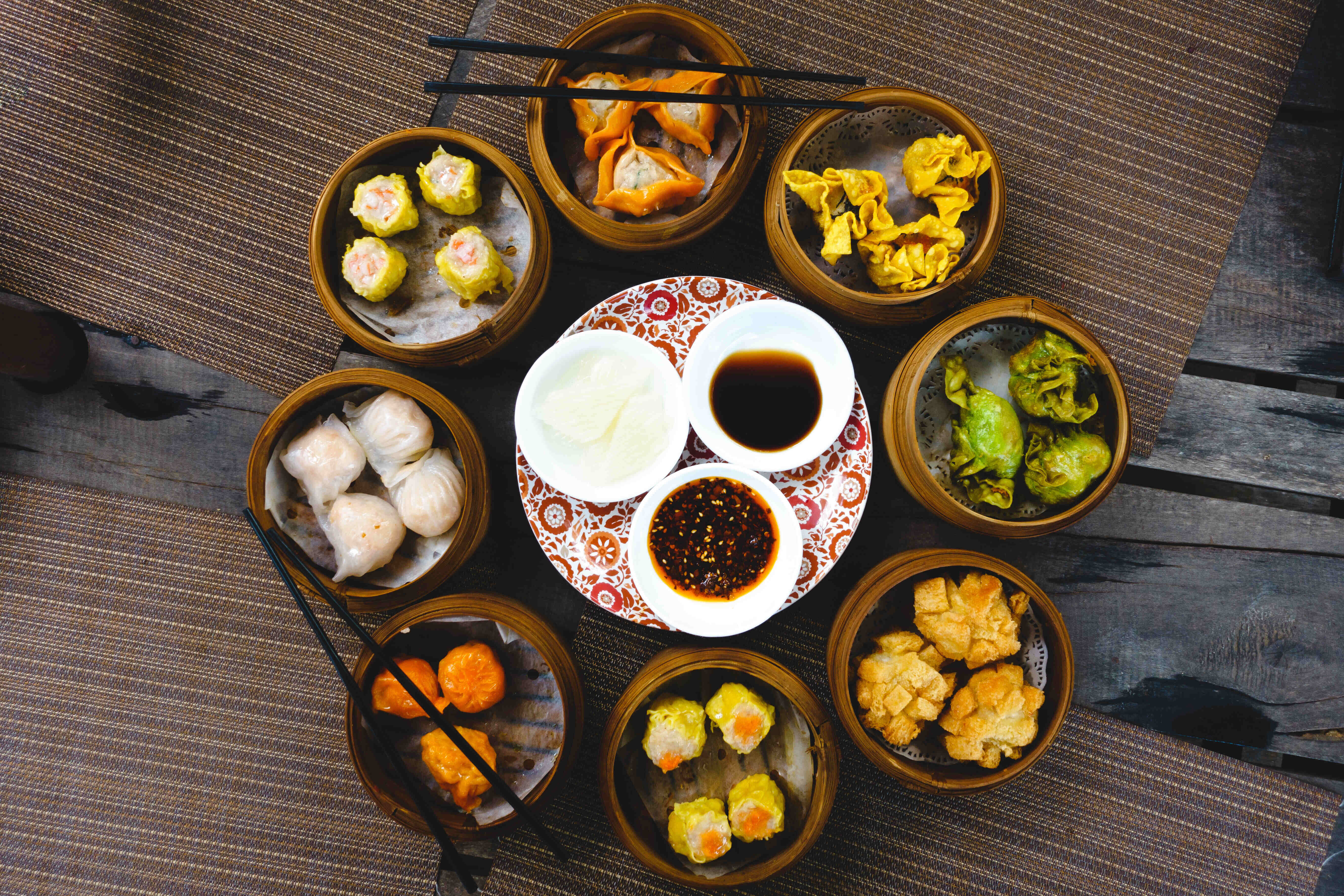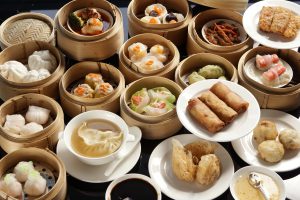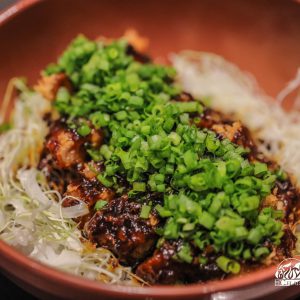Written by: Janine Uy
Edited by: Nikka Gan and Regiena Siy
History
Chinese culture is known to have a significant influence on Filipino cuisine. Early on, the Chinese traded freely with other Asian countries, and since many of them chose to stay in the Philippines, they found ways to utilize local ingredients to create dishes that are reminiscent of the flavors of their homeland. Filipinos eventually grew to love these dishes and even added their own twists to the recipes. Dishes such as lumpia, pancit, siopao, and taho became staples in festivals and celebrations.
One possible reason why Filipinos fell in love with Chinese food is because of the similar cooking techniques. Although Filipinos like boiled and sauce-heavy dishes, they also enjoy stir-frying their food in a process known as gisa, which is called chǎo (炒) in China. Other widely used Chinese cooking techniques in the Philippines include Pesa (白煠), it is when a protein ingredient is cooked in a ginger-based broth or plain-boiling meat or fish, and pa ta tim (燉 or 燉), which is a braising method.
Filipinos and Chinese also have a shared love for soy sauce. Despite the fact that Filipino food and soy sauce seem inseparable, it was the Chinese who introduced it to the Filipinos, and now, it’s widely used for seasoning and dipping.
Given these facts, it’s undeniable that Filipino and Chinese cuisines are deeply intertwined, as such, here are some of the most well-known Filipino-Chinese hybrid dishes:
Lumpia
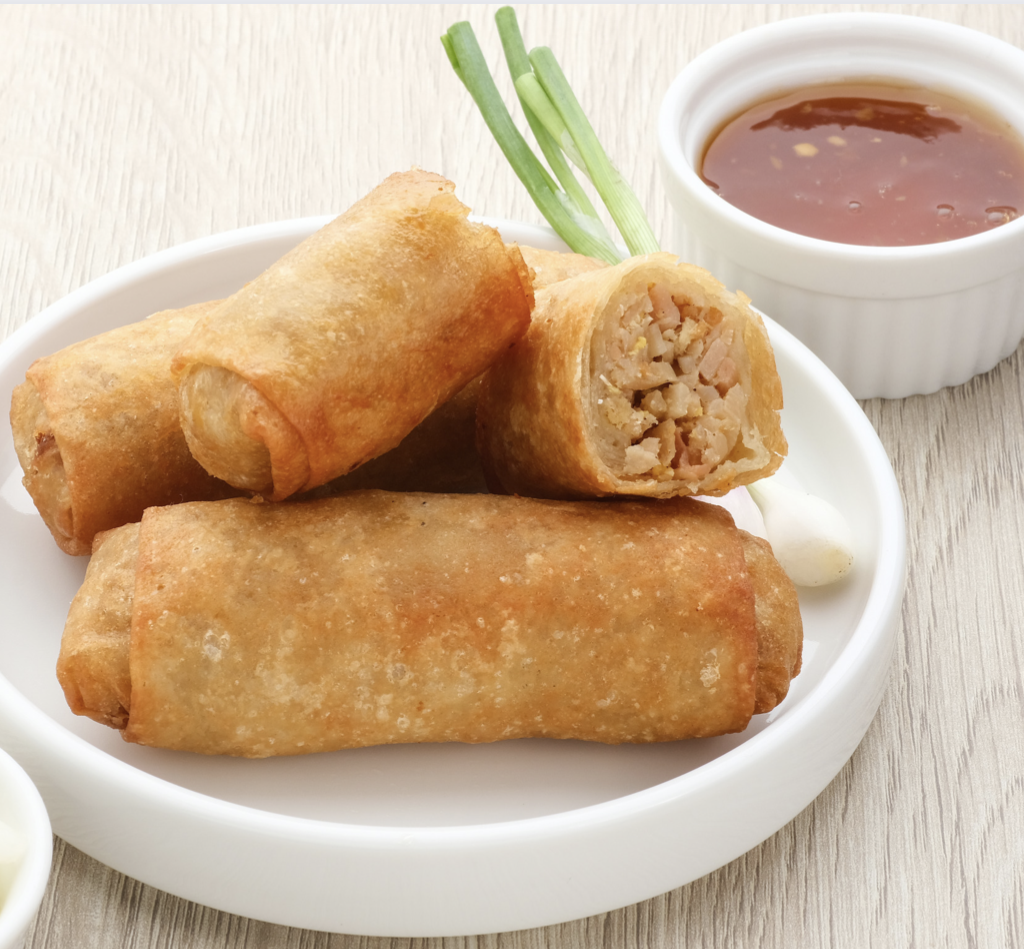
Lumpia/Lumpiang Shanghai (潤餅) or spring rolls can be enjoyed either fresh or fried. Its filling consists of savory ingredients like ground meat, carrots, bean sprout, onions, tausi, and mustasa. It’s a known comfort food for many Filipinos and Chinoys, and it is usually present in parties and celebrations as a snack or appetizer. Contrary to its name, Lumpia is not actually from Shanghai but was brought to the Philippines by Chinese immigrants from the Fujian province. The Filipinos revamped the Chinese version by adding more salt and meat, catering to the Filipino taste palette. The lumpia was also converted into a sweet delicacy called turon. It is made by wrapping fruits such as bananas and jackfruits in lumpia wrapper and coating it with caramelized sugar before deep frying. These crispy crepe-like rolls could make anyone salivate with just one look.
Pancit
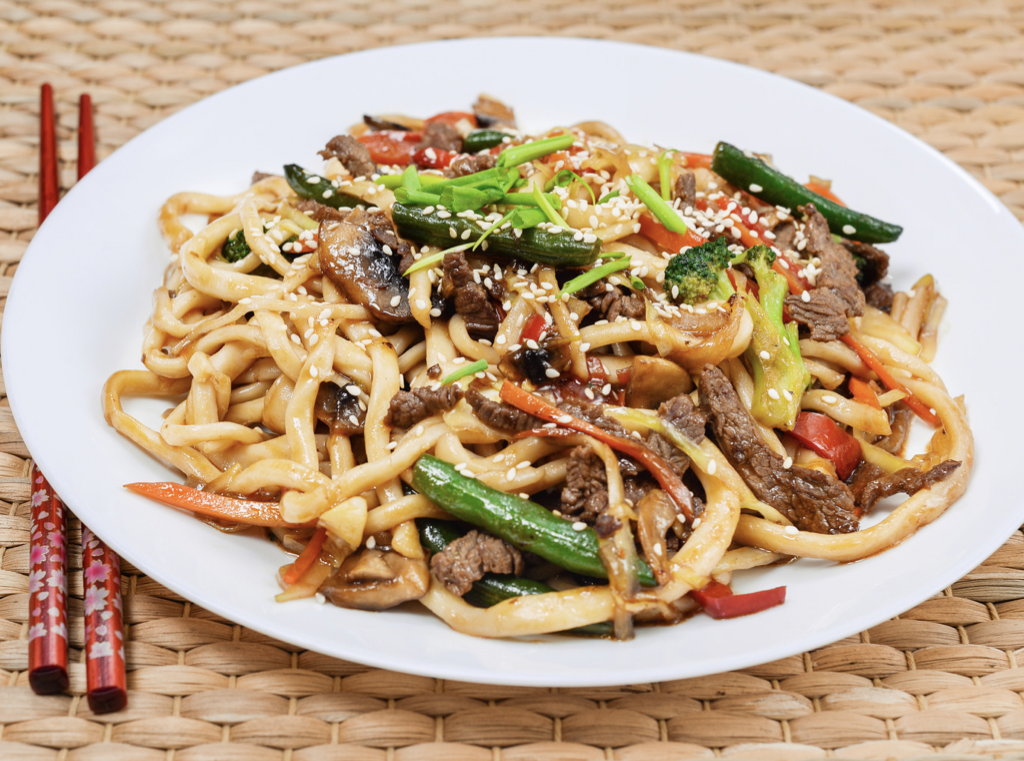
The Philippines has a traditional stir-fried noodle dish composed of seafood, meat, or vegetables called pancit. It originally came from the Hokkien word piān-ê-si̍t (便食), referring to noodles that are cooked through frying. It may be different in every region, with some versions having thick or thin noodles, depending on what the locals’ prefer. Noodles symbolize longevity and good health, which explains why they are often eaten during birthday celebrations. Noodles should also be eaten as long strands, as cutting them is deemed to bring bad luck and is equivalent to wishing someone a short life. Bihon, on the other hand, comes from the Hokkien word Mi Hun refers to the Filipino-style noodles used in palabok, pancit Malabon, lomi, and pancit luglug. Interestingly though, the process of cooking and preparing the ingredients– from boiling, steaming, and stir-frying, to the use of soy sauce and Chinese cabbage, are all evidence of Chinese influence.
Siopao and Siomai

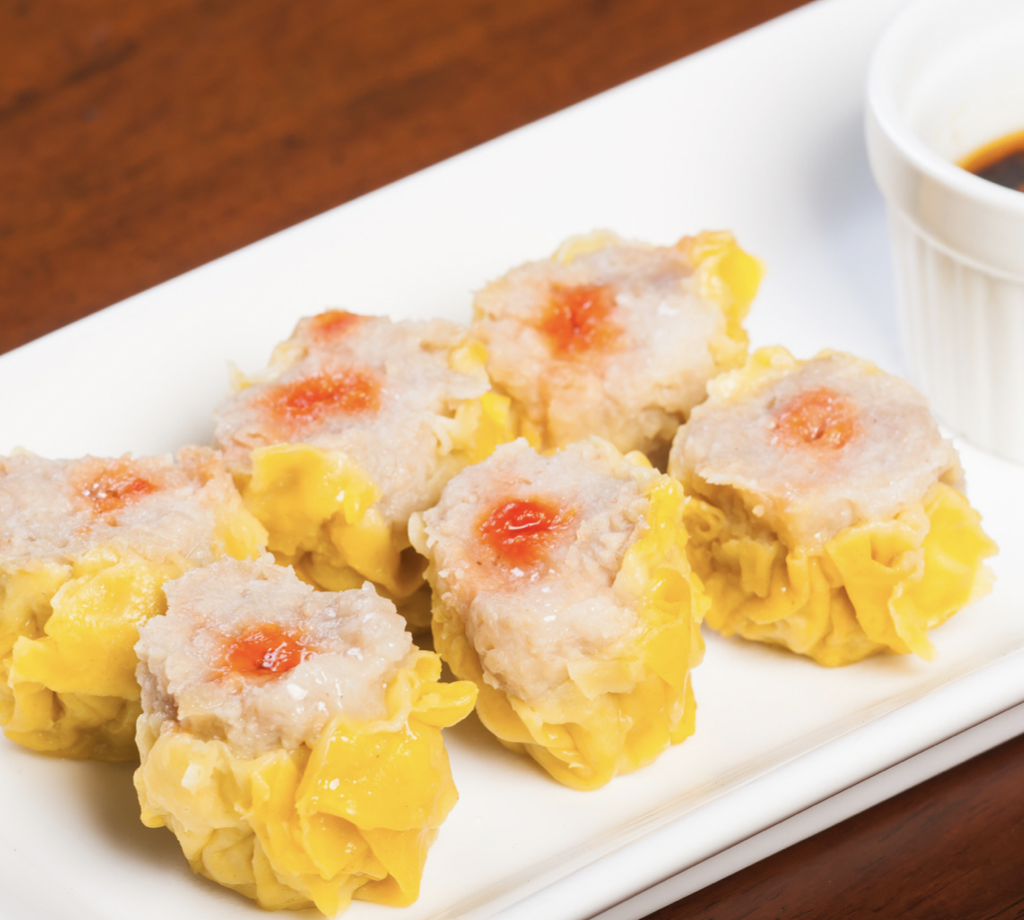
Siopao (燒包) is a more prominent subaltern form of char siu bao (叉烧包), or steamed pork bun, which is likewise a variation of Chinese baozi (steamed buns). 包子 is thought to have originated in Northern China during the Three Kingdoms period. The Filipino variation usually has two types: bola-bola and asado, which comprises pork, chicken, beef, shrimp, or salted duck egg. Siomai is a Chinese dim sum originating from the Cantonese siu mai (燒賣), which refers to pork-filled dumplings that became popular during the Yuan Dynasty. Chinese-Filipinos see siopao and siomai as “convenient meals,” as they’re inexpensive, quick to prepare, and usually do not require utensils to eat. Ma Mon Luk, a Cantonese immigrant, is credited for introducing siopao and siomai to the Philippines. Ma Mon Luk started out selling noodles, but he wanted to branch out, so he started serving siopao and siomai alongside his mami, a type of chicken noodle soup. With that, he came up with a marketing approach of giving out free samples of siomai and siopao to inmates, nurses, lawyers, reporters, teachers, and politicians, including Filipino Presidents Sergio Osmeña and Elpidio Quirino. This method effectively helped siomai and siopao gain popularity among people of various social classes. This also paved the way for it to be seen and eaten at high-end restaurants. Today, siopao and siomai are no longer merely Chinese food; they have also become staples in Filipino cuisine.
Taho
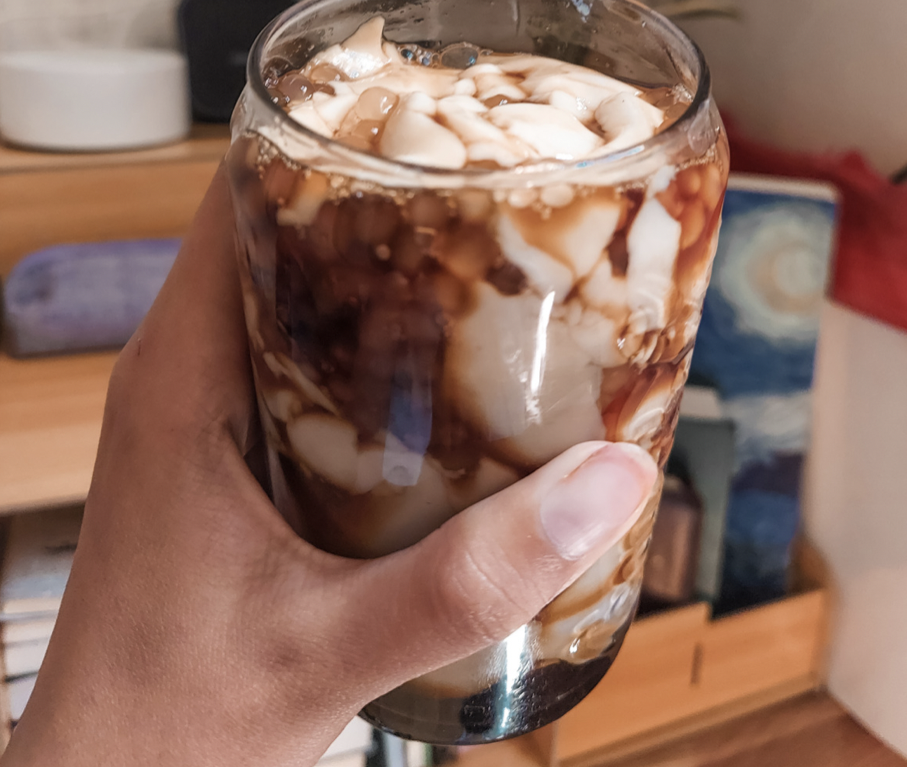
The Chinese also introduced tofu (豆花 tāo-hoe) and other soybean products to the Philippines. Over time, the Filipinos created a sweeter version that anyone can enjoy. This crave-worthy dessert became known as taho, and can be bought everywhere through taho peddlers. It comprises of soft/silken tofu with sago pearls, topped with caramelized brown sugar syrup called arnibal.
For the most part, we tend to overlook the cultural essence of the comfort foods we usually eat. Even though centuries have passed, culture can be seen, not just in how we act, what we wear, and what we say, it can also be found in food. Since cooking techniques and ingredients vary in every country and region, it results in the fusion of food, which becomes a vital part of the culture and history of the place. Filipino cuisine is a manifestation of the extensive history between the Chinese and Filipinos, as well as a representation of the unique identity of the Chinese-Filipinos.

